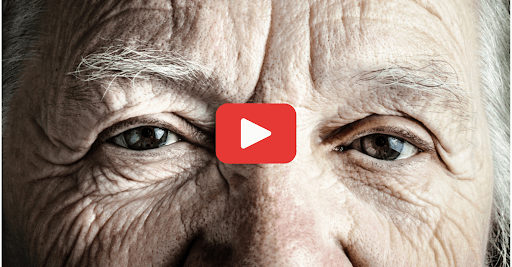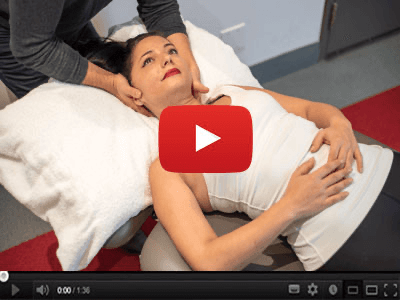Foot Drop Versus Spasticity Post Stroke
Navigating the landscape of mobility issues such as tone, spasticity, and foot drop can be daunting. Today, we explore these terms to enable effective rehabilitation strategies and optimal mobility tool selection.
Tone refers to the muscle's resistance to lengthening. An increased tone indicates that stretching the muscle meets with more resistance. Often, this happens due to adaptive shortening when a muscle is kept in a short position for extended periods.
Notably, for conditions affecting ankle movement, muscles that make the foot point are commonly affected, making it challenging to lift the foot.
Spasticity is similar to increased tone but is velocity-dependent. It commonly manifests when there's damage to a motor area of the brain. This damage can cause a rapid contraction upon the sudden lengthening of the affected muscle.
Testing for spasticity involves rapidly stretching the muscle and observing for involuntary contractions. Tools such as clonus testing can help determine the presence of brain or spinal damage.
True foot drop is uncommon when there is only isolated damage or impairment in the muscles responsible for foot elevation.
For individuals with spasticity, investing in an supportive ankle brace with a plantar flexion stop is essential. These prevent excessive pointing and aid in reducing knee hyperextension associated with inadequate bracing.
- Regular foot drop braces help lift the foot weight with light, supporting construction but might fail if there's accompanying spasticity.
- The misconception that foot drop braces can replace more integrative solutions can lead to worse mobility.
It's vital to recognize the distinctions between tone, spasticity, and foot drop. Tailored braces and orthopedic solutions are necessary to effectively manage mobility issues related to neurological conditions. Ensuring resilience and maximization of mobility requires strategic health decisions paired with professional guidance.
If you wish to learn further about how these conditions affect you personally or seek professional help in navigating appropriate treatment, consider participating in our membership program. This program includes Q&A sessions and live webinars that offer detailed insights into various health concerns.
From Around The Web
Wellness Inbox is a blog & weekly newsletter that curates trending news and products related to health and wellness from around the web. We also gather content from various sources, including leading health professionals, and deliver it directly to you.
Please note that we may receive compensation if you purchase any products featured in our newsletter. Wellness Inbox is not affiliated with, nor does it endorse, any health professionals whose content may appear in our newsletter. The information provided is for general informational purposes only and should not be considered medical advice.
The information provided is not intended to replace professional medical advice, diagnosis, or treatment. All content, including text, graphics, images, and information available is for general informational purposes only. We do not guarantee the accuracy or completeness of any information presented and assume no liability for any errors or omissions. The content is subject to change without notice. We encourage you to verify any information with other reliable sources and consult your physician regarding any medical conditions or treatments.







